Fusion_power
Field Bee
- Joined
- Jan 13, 2016
- Messages
- 774
- Reaction score
- 82
- Location
- Hamilton, AL U.S.A.
- Hive Type
- Other
- Number of Hives
- 24
Here are some pics to give perspective. These bees are all highly mite resistant. Look carefully and you will see zero mites. My bees were last treated in fall 2004 spring 2005. Bands of pollen are around the brood areas. These pics were taken today during the 3rd brood cycle. Most of my colonies have 4 frames of brood. These are Dadant frames so 4 frames is roughly the equivalent of 5 Langstroth frames.
This is a picture of a BWeaver line queen mated to drones from my line. She is outstanding in honey production, gentleness, and has excellent performance against hive beetles.

Here are two of her brood frames.
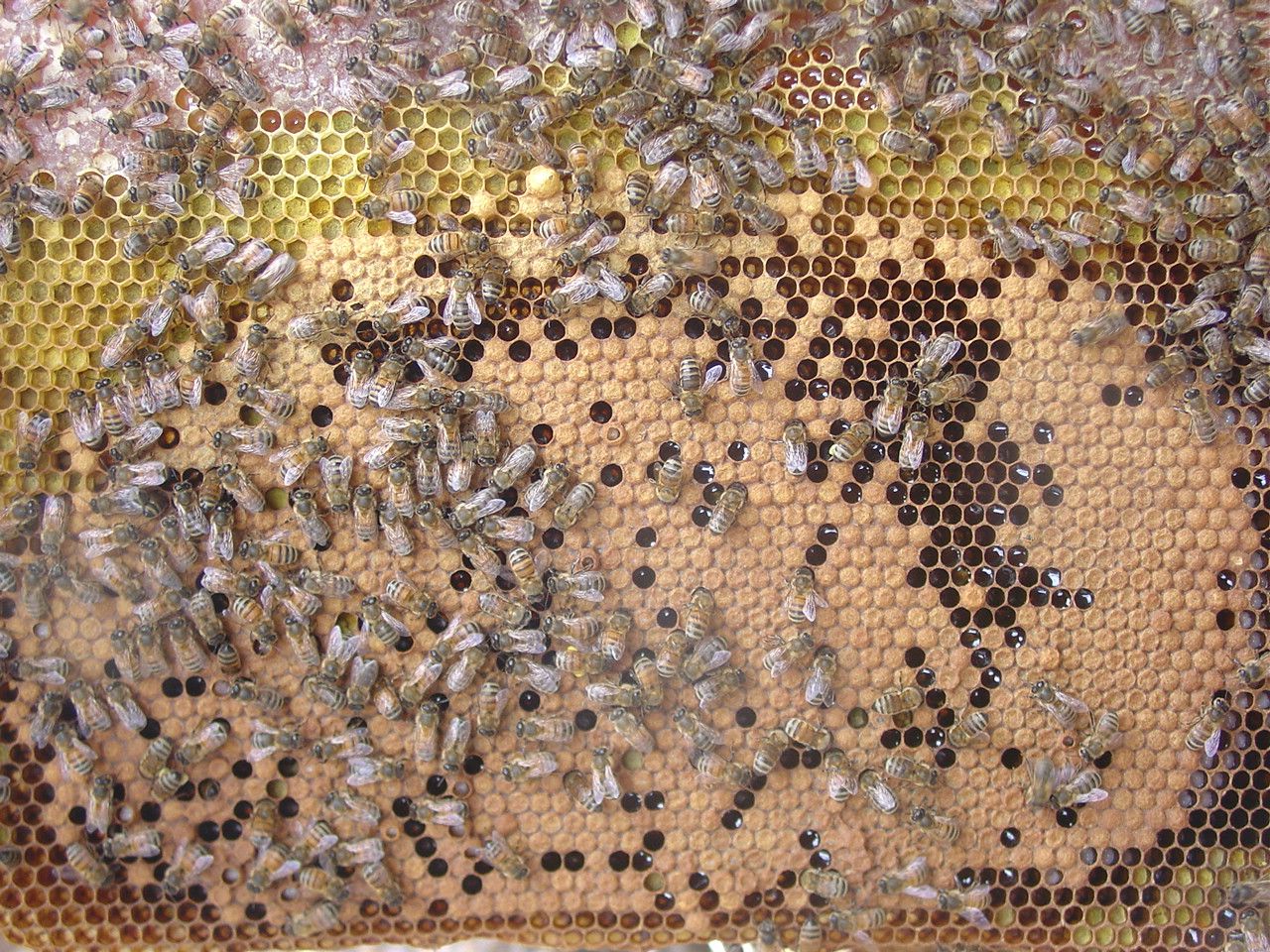
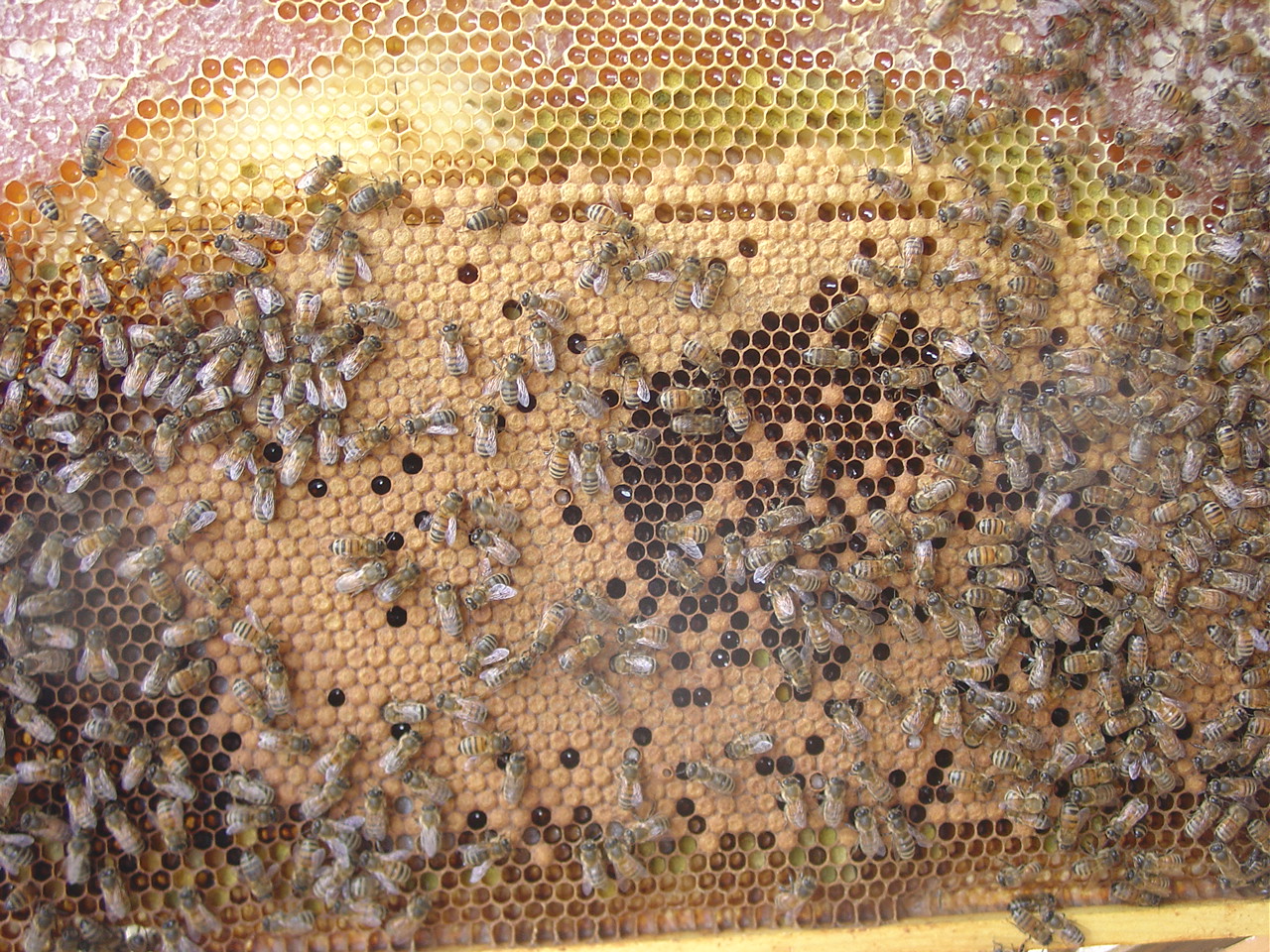
This is a colony with a carpenter line queen. Note the brood pattern. The second pic shows a couple of workers with bright red/orange pollen from the same colony.
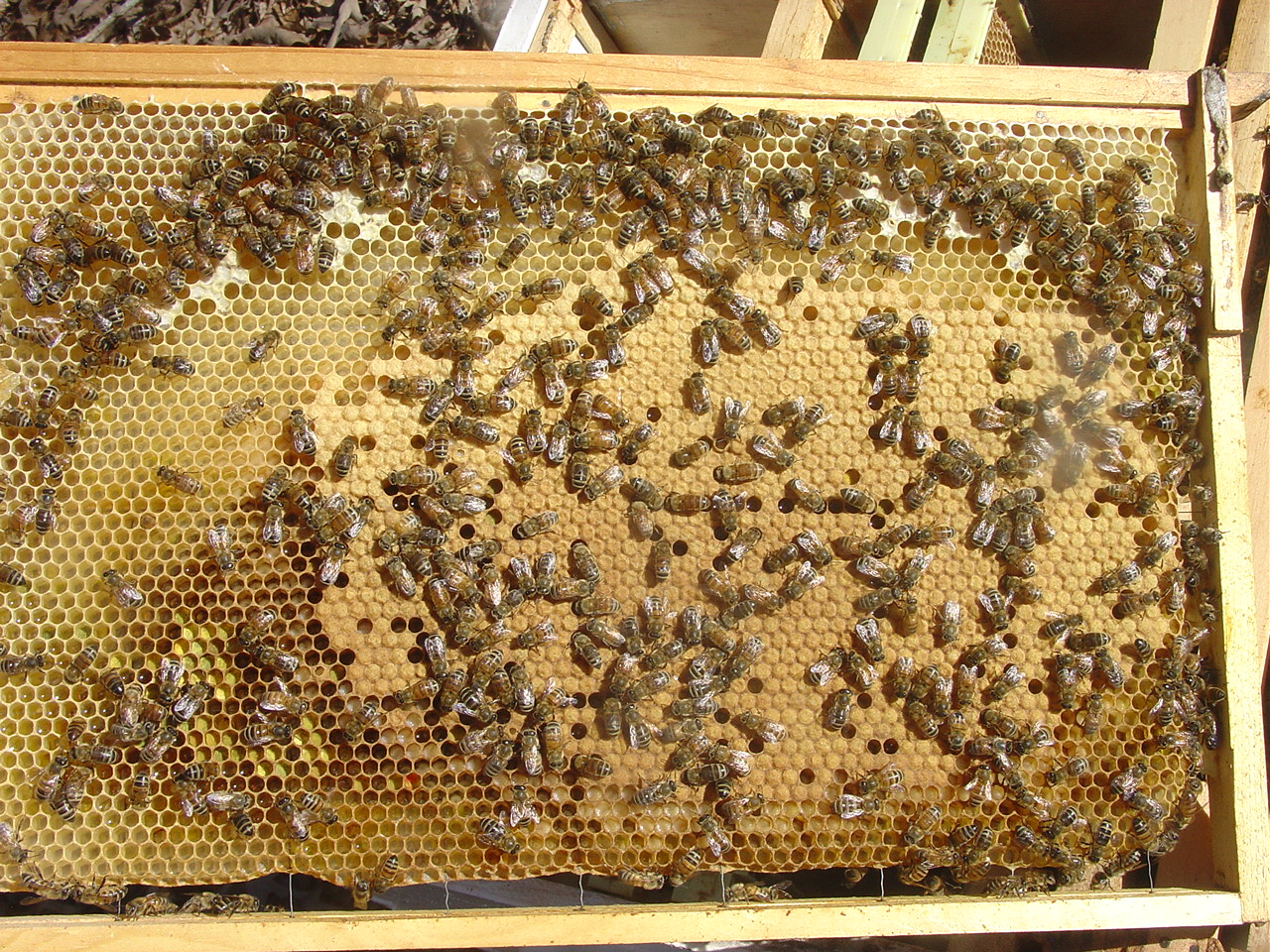
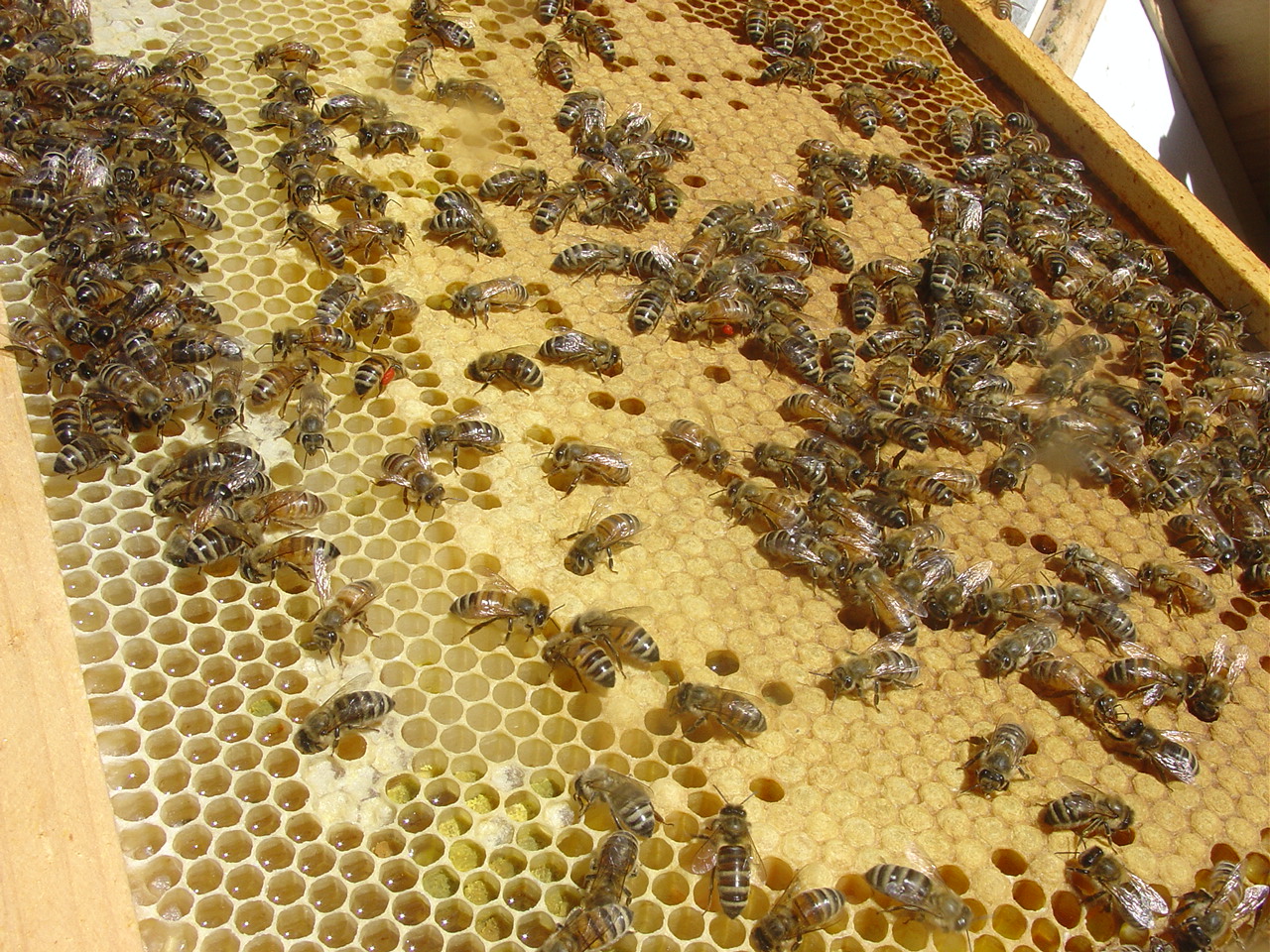
This is a queen from my line. She is set for breeding this year. Her only weakness is that her colony is not as good against hive beetles as the BWeaver hive.
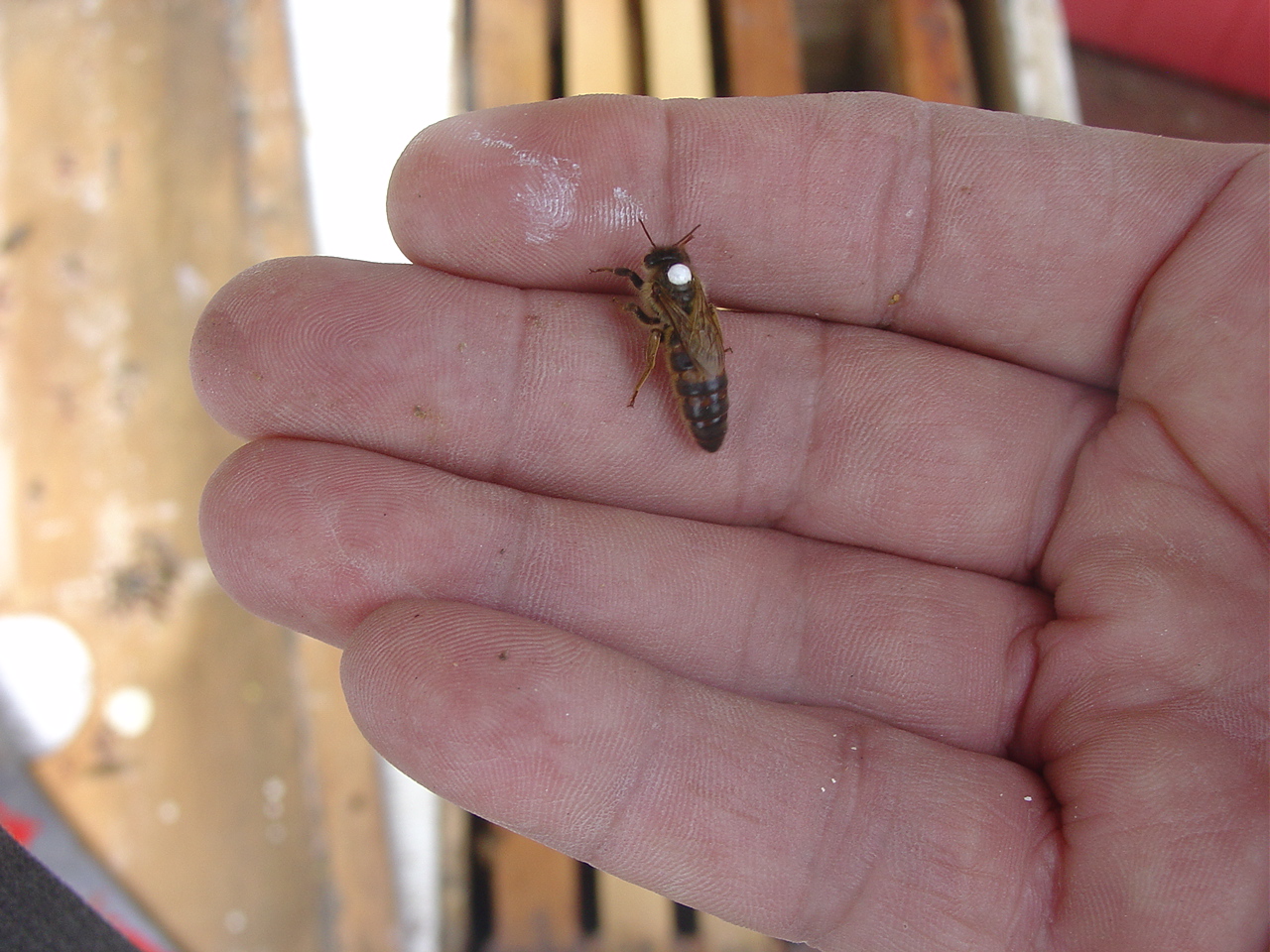
This pic is of a frame of eggs and young larvae from a Carpenter line queen.
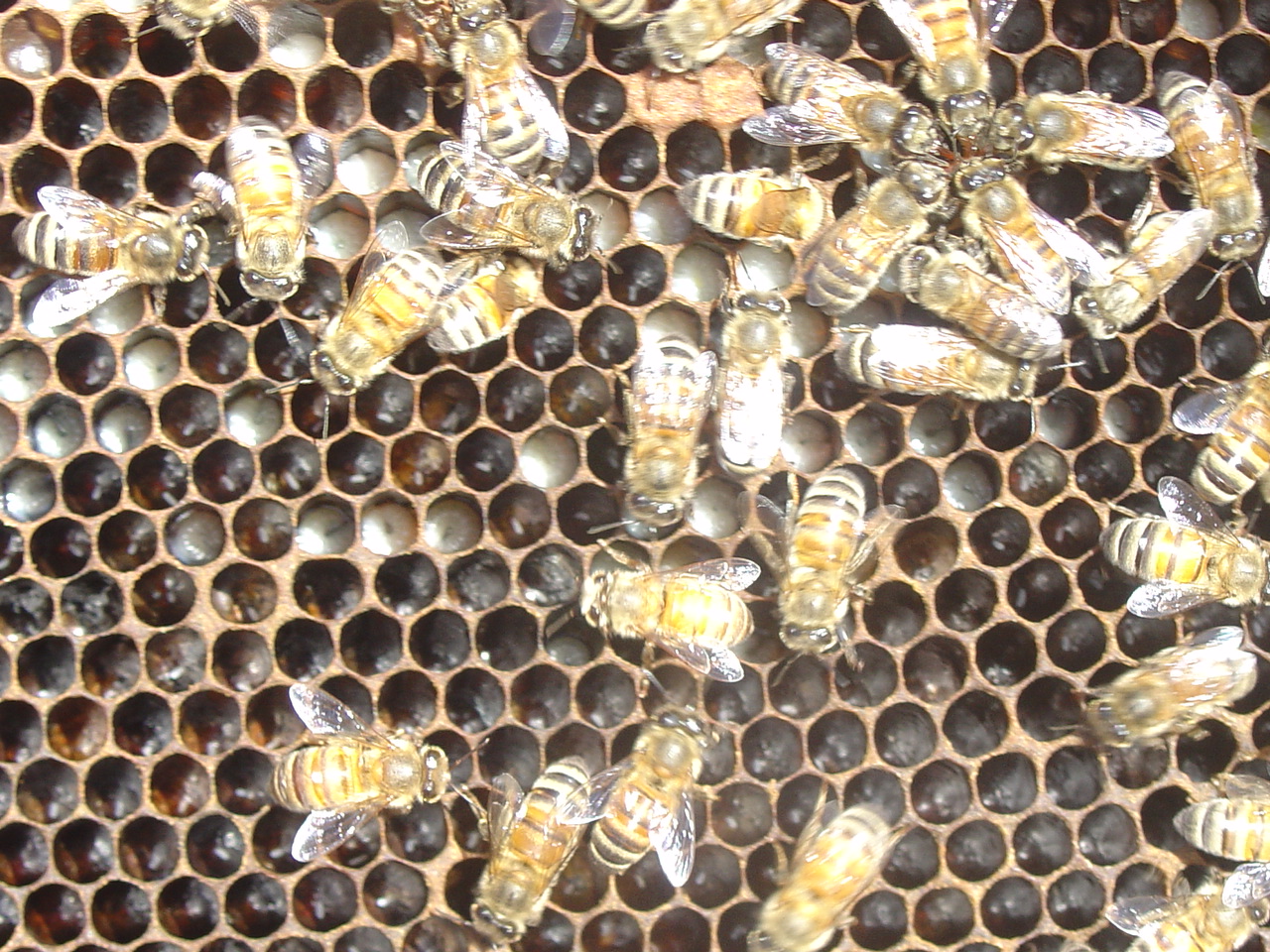
And this is a very out of focus photo of the Carpenter queen that produced the larvae. I was holding the frame with one hand and snapping the pic with the other. I moved the camera too much resulting in this poor photo.
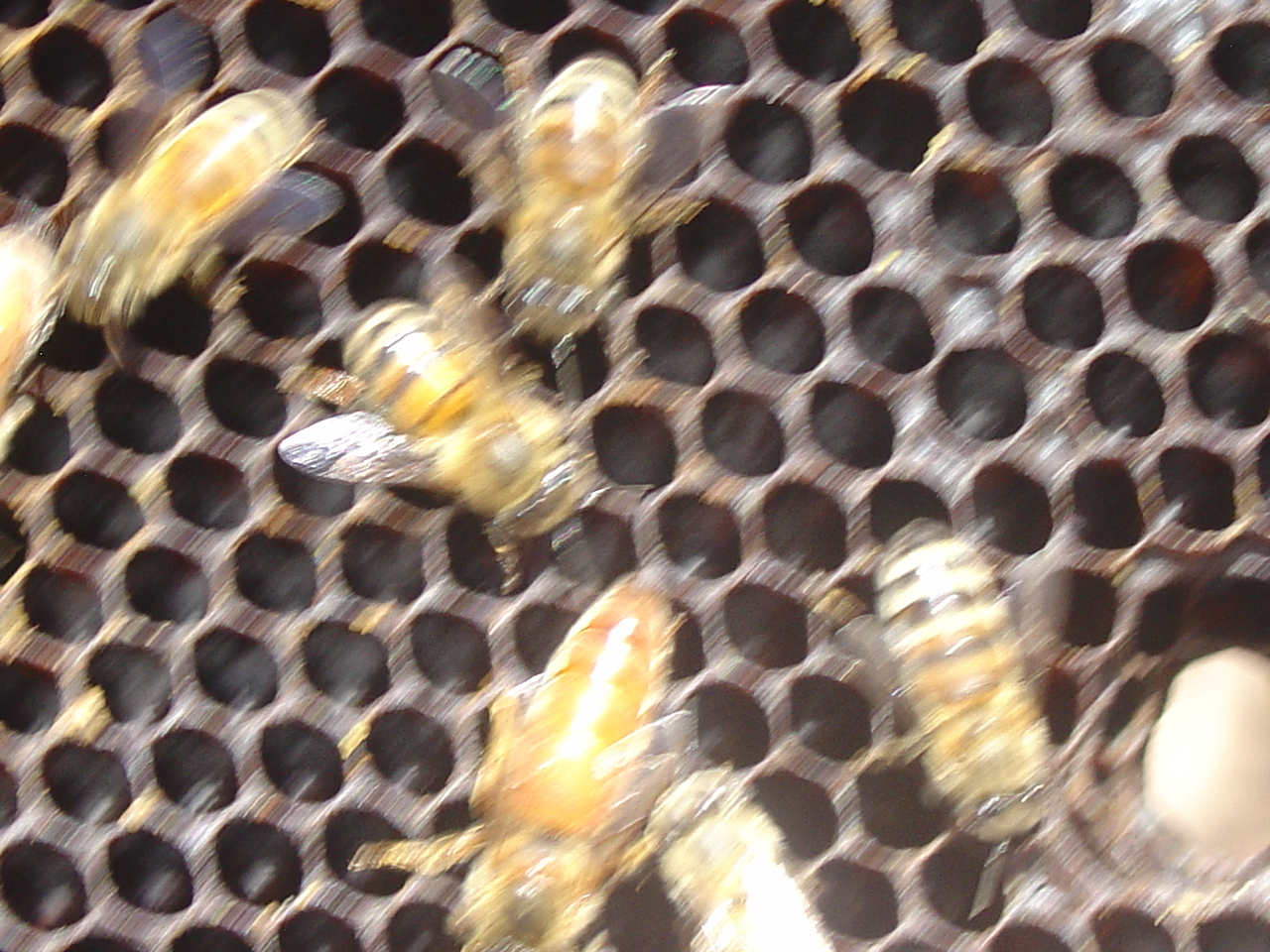
This is a picture of a BWeaver line queen mated to drones from my line. She is outstanding in honey production, gentleness, and has excellent performance against hive beetles.

Here are two of her brood frames.


This is a colony with a carpenter line queen. Note the brood pattern. The second pic shows a couple of workers with bright red/orange pollen from the same colony.


This is a queen from my line. She is set for breeding this year. Her only weakness is that her colony is not as good against hive beetles as the BWeaver hive.

This pic is of a frame of eggs and young larvae from a Carpenter line queen.

And this is a very out of focus photo of the Carpenter queen that produced the larvae. I was holding the frame with one hand and snapping the pic with the other. I moved the camera too much resulting in this poor photo.















































